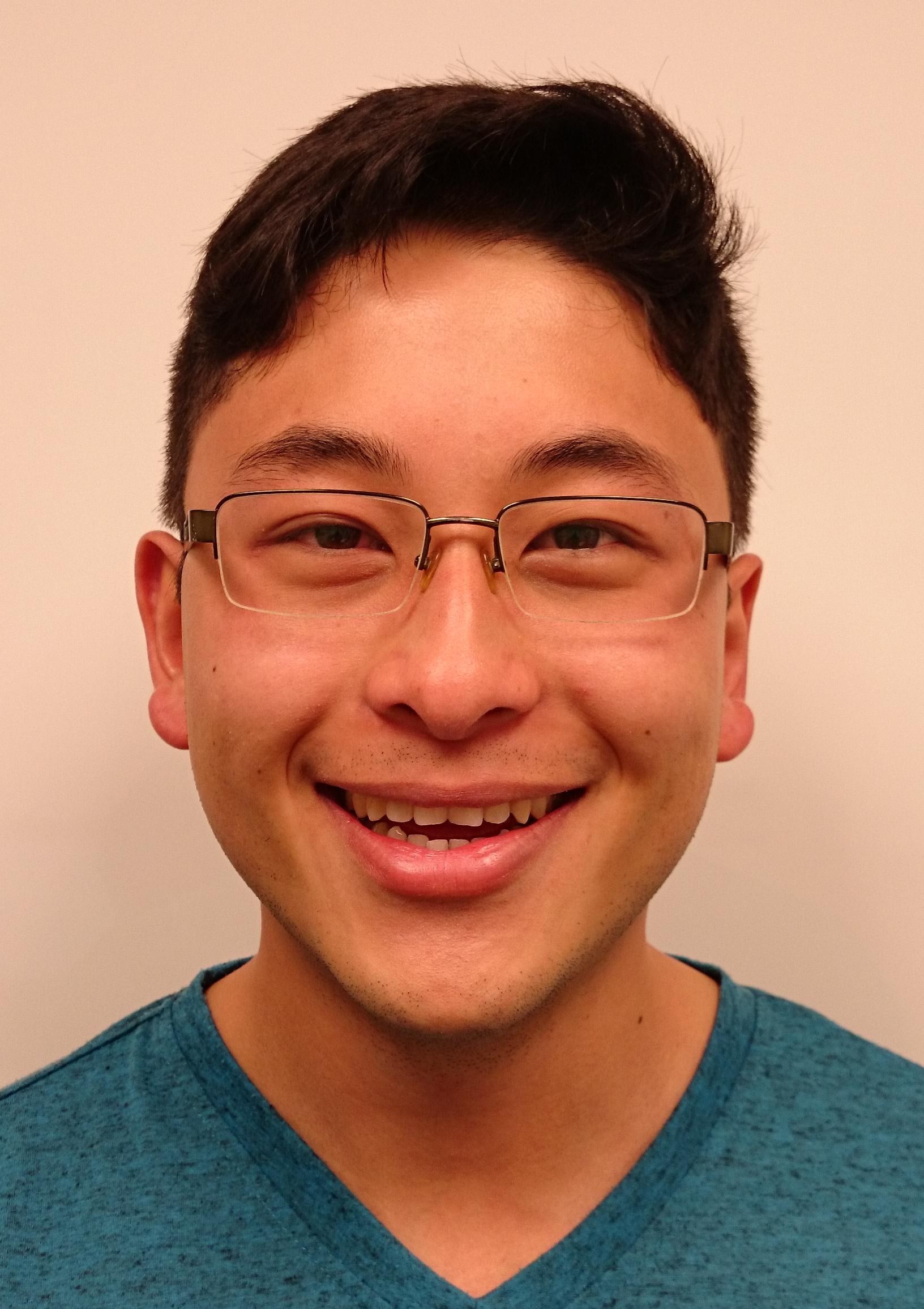InCFD's Donovan Changfoot receives SASOL Award for the best Masters dissertation

Congratulations to Donovan Changfoot who has received the SASOL Award for the best Masters dissertation in the Department of Mechanical Engineering in 2017. Donovan's research, jointly supervised by Prof Malan (UCT) and Prof Nordström (Linköping University in Sweden), focused on developing a hybrid numerical solver to investigate aircraft trailing vortices. The InCFD team wishes Donovan well with all his future endeavours, his presence in the office will be missed.
Read the project description and abstract below.
Project description:
The airfoil sections of an aircraft's wing produce a pressure difference between the top and bottom surface. This pressure differential is the mechanism through which a wing produces lift. In the case of finite length wings, this drives air to wrap around the wing tip resulting in strong vortical motion. The so called trailing vortices may then persist for hundreds of wingspans downstream before decaying. As a result, they pose significant danger to trailing aircraft flying parallel to the axis of the vortex where the strong swirl velocities induce rolling moments on the aircraft. In the event that this moment cannot be countered through trimming, the handling of the trailing aircraft may become unstable. To this end, this project developed a hybrid finite-volume-finite-difference CFD solver and applied it, for the first time, to investigating the 3D formation of aircraft trailing vortices under transonic flow conditions. Instead of creating a single hybrid code, the SBP-SAT framework was used to couple the finite volume code Elemental to the finite difference code Essense. This was achieved through the development of a special parallel interface library which identifies co-located nodes as well as performs data communication and time synchronisation between the two codes. The wing and tail vortices of the industrially relevant NASA Common Research Model geometry were then captured up to 3 reference chord lengths behind the aircraft. The finite volume method was used to resolve the flow around the aircraft whilst high accuracy (6th order) finite difference operators were used to capture the vortices. This provided high fidelity solutions of the spiral motion of the vortices as they leave the wing tip. In contrast to what is assumed in analytical methods, large variations in axial velocity along the vortex core were visible for both the wing and tail.
Abstract:
"The aim of this project is to develop a hybrid finite-volume-high-order-finite-difference solver capable of investigating aircraft trailing vortices. This is achieved by coupling Elemental, the finite volume code, and Essense, the 6th order finite difference code, using Summation-By-Parts and Simultaneous-Approximation-Terms. In the interest of industrial relevance, the resultant platform will then be used to investigate the trailing vortex interaction behind the NASA Common-Research-Model up to 20 wingspans downstream."
- D. Changfoot, A.G. Malan & J. Nordström (2017). "Towards a hybrid CFD platform for investigating aircraft trailing vortex interactions". University of Cape Town, South Africa. Linköping University, Sweden.
